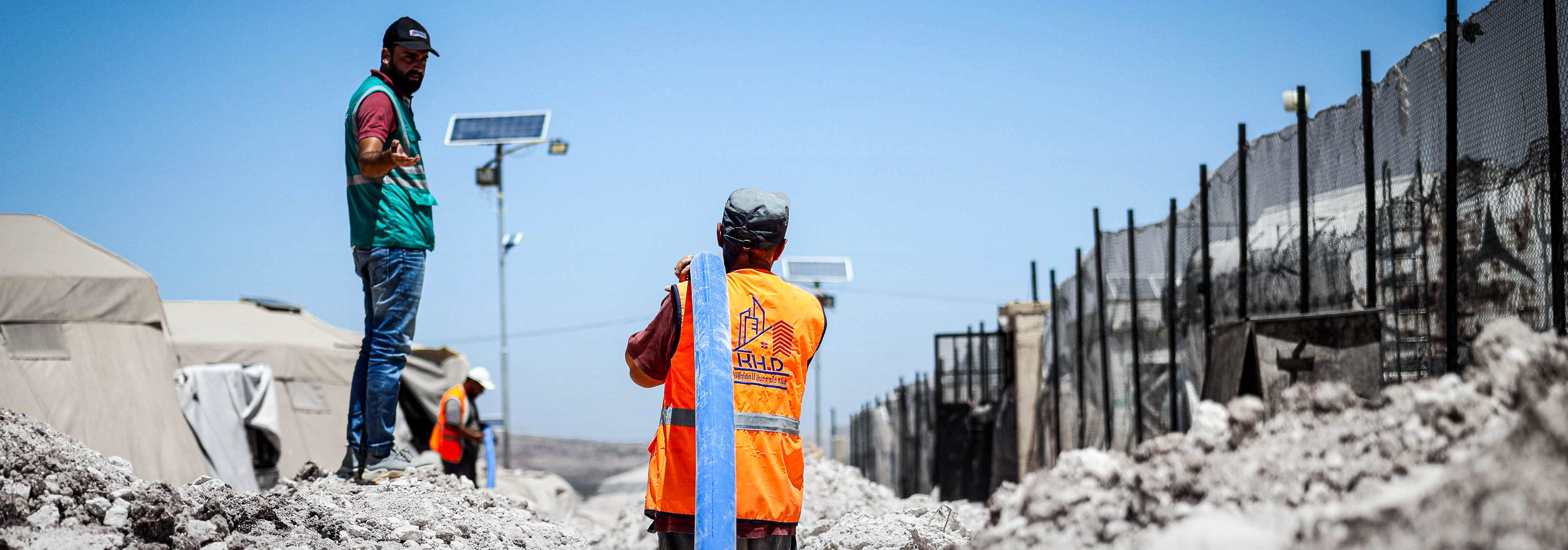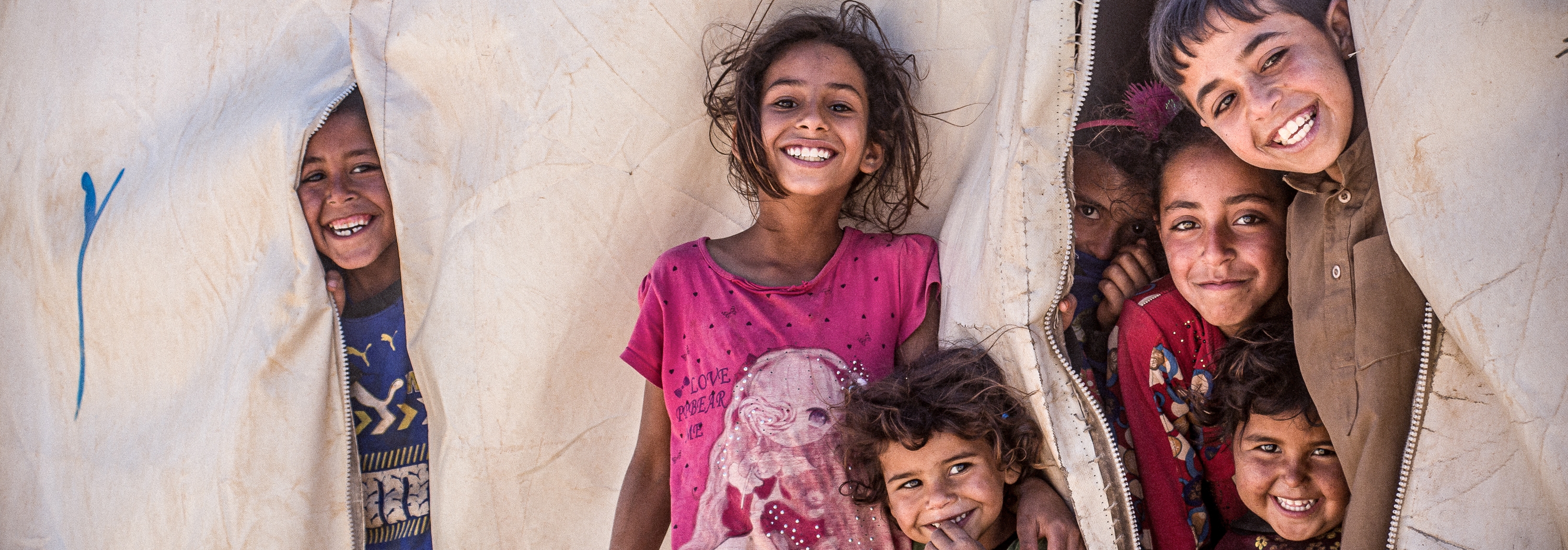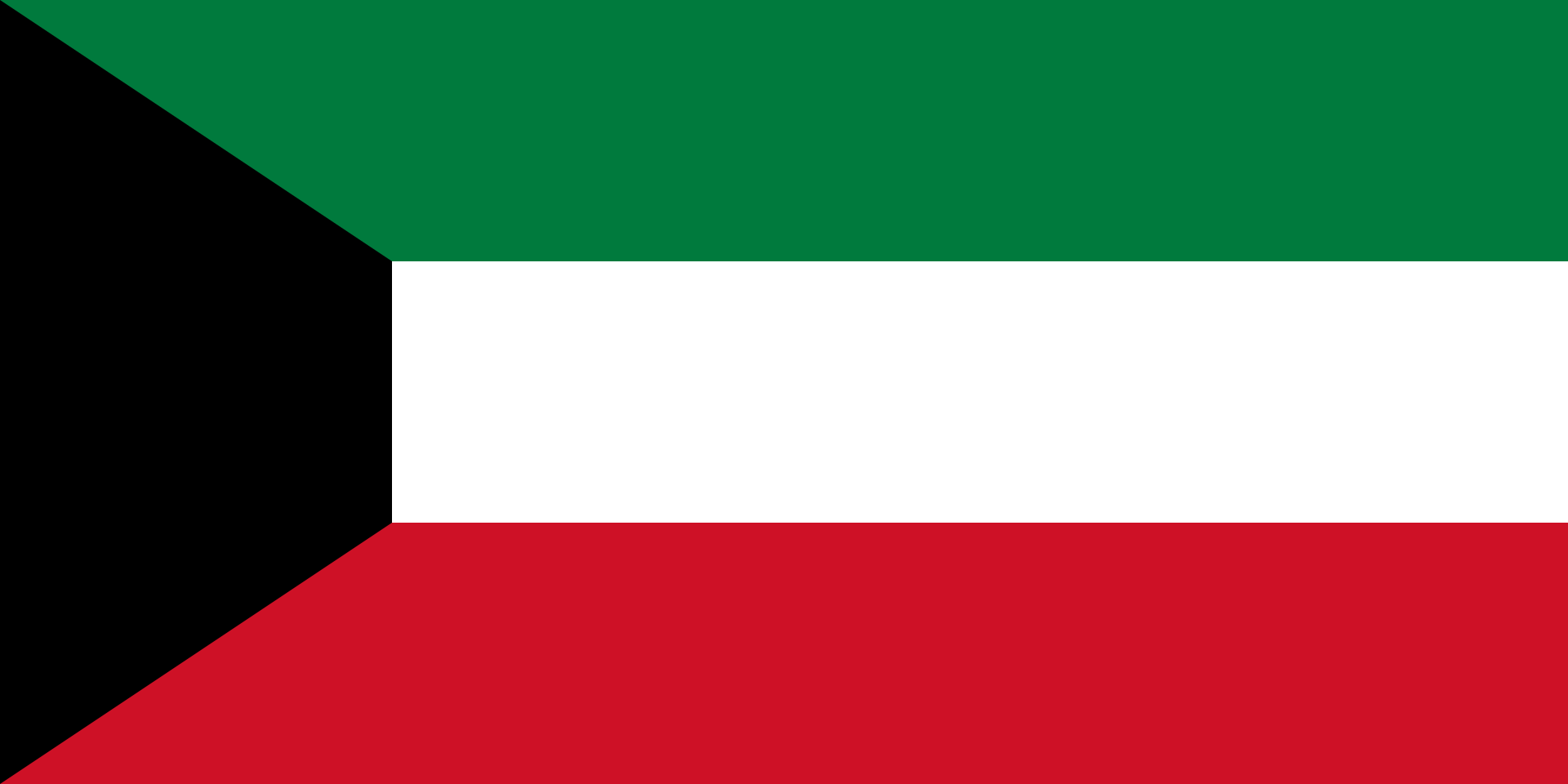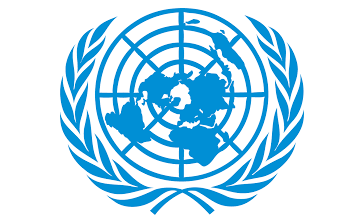IOM Vision
Building on IOM's expertise in providing life-saving assistance to the most vulnerable, and recognizing the dynamic context within Syria, IOM will address humanitarian and recovery needs, and support efforts towards addressing protracted and sudden-onset displacement. IOM mainstreams protection, accountability to affected populations, protection from sexual exploitation and abuse, and risk mitigation throughout all its programming while working closely with, and strengthening the capacity of, non-governmental organization partners. IOM will prioritise an integrated response that incorporates humanitarian, development and peace approaches to address the root causes of the crisis, promote durable solutions and meet the most urgent needs in crisis-affected communities.
Objective
Saving lives and protecting people on the move
|
IDPs and affected communities in NWS who will be selected based on assessed vulnerabilities. |
Vulnerability criteria will ensure that assistance reaches individuals and households with the greatest needs, including newly-displaced, female-, elderly- and child-headed households, and persons living with disabilities. Planning, prioritization and targeting will be based on the 2023 Humanitarian Needs Overview and the sectoral severity ranking.
|
To meet the shelter needs of affected populations in NWS, IOM through its partners will:
|
|
To address the WASH needs of affected populations in Syria, IOM will:
|
|
To address the significant protection needs of affected populations in Syria, IOM will:
All Protection activities will be conducted in consultation and collaboration with communities in order to ensure meaningful participation of vulnerable groups especially women and girls, children, persons with disabilities, or any other group in vulnerable situations Protection principles are mainstreamed across interventions to ensure safety and dignity, avoid causing harm and guarantee meaningful access to assistance for all persons in need, without discrimination. This includes GBV risk mitigation as well as Disability Inclusion of Persons throughout the program cycle. Particular attention will be given to effective participation and empowerment of the community, ensuring that Complaint and Feedback Mechanisms (CFM) and other reporting mechanisms related to Prevention against Sexual Exploitation and Abuse (PSEA) and the Child Safeguarding Policy are in place to prevent misconduct and guarantee accountability to affected populations (AAP), in line with the IOM AAP Framework. |
|
To address the immediate food needs of affected populations in NWS, IOM will:
|
|
To support the health needs of affected populations in NWS and reduce the spread of communicable diseases in supported displacement sites, IOM will:
|
|
In 2023, IOM will continue to:
|
MHPSS activities will be offered in all IOM-supported camps and other locations in community centres in Jarablus and Afrin districts, and through multidisciplinary psychosocial mobile teams in hard-to-reach areas, such as Ariha district.

Objective
Driving solutions to displacement
|
IDPs and affected communities in NWS will be selected based on assessed vulnerabilities. |
Vulnerability criteria will ensure that assistance reaches individuals and households with particular vulnerabilities, including newly displaced, female-, elderly- and child-headed households, and persons living with disabilities. Planning, prioritization and targeting will be based on the Humanitarian Needs Overview and the sectoral and inter-sectoral severity ranking.
|
To promote durable solutions for affected populations in Syria and in line with IOM's Progressive Resolution of Displacement Situations Framework (PRDS), IOM will, in IDP sites and planned camps:
|
Objective
Strengthen preparedness and reduce disaster risk
|
IDPs and affected communities in NWS will be selected based on assessed vulnerabilities. |
Vulnerability criteria will ensure that assistance reaches individuals and households with the greatest needs, including newly-displaced, female-, elderly- and child-headed households, and persons living with disabilities. Planning, prioritization and targeting will be based on the 2023 Humanitarian Needs Overview and the sectoral severity ranking.
|
Related to Objective 1 Shelter/NFI activities IOM plans to:
|
|
IOM plans to mitigate the risk of WASH-related diseases including, but not limited to water-borne diseases such as cholera, vector-borne diseases such as malaria and communicable diseases such as COVID-19 within IOM-supported displacement sites by:
|
Objective
Contribute to an evidence-based and efficient crisis response system
|
Humanitarian actors participating in the inter-agency Protection from Sexual Exploitation and Abuse (PSEA) Networks in all hubs for joint implementation of international PSEA commitments, as well as those contributing to the protection of civilians, the reduction of suffering and to building the resilience of affected populations throughout the Syria response will benefit from the provision of technical and operational information management support. |
|
IOM will continue to provide Whole of Syria (WoS) displacement information management support for the humanitarian community and will continue to host the WoS PSEA program and support the interagency humanitarian response in the joint implementation of PSEA commitments. Through an established, robust interagency PSEA Network, IOM will continue to support the inter-agency partnership to decrease the risk of crisis‐affected communities experiencing incidents of SEA by humanitarian workers and provide technical and operational support to humanitarian actors to prevent, prepare for, and respond to SEA cases. Activities will include:
Additionally, recognising that building the capacity of local and international NGO partners (IPs) remains critical to enhance the quality of implementation and to contribute to the sustainability of the humanitarian response, IOM will facilitate trainings, coaching sessions, workshops, learning exchanges, and develop guidance documents in key areas such as:
|
Syrian Arab Republic
The map used here is for illustration purposes only. Names and boundaries do not imply official endorsement or acceptance by IOM.
Figures are as of 31 December 2023. For more details of IOM's operational capacity in country, please see the IOM Capacity section.


















